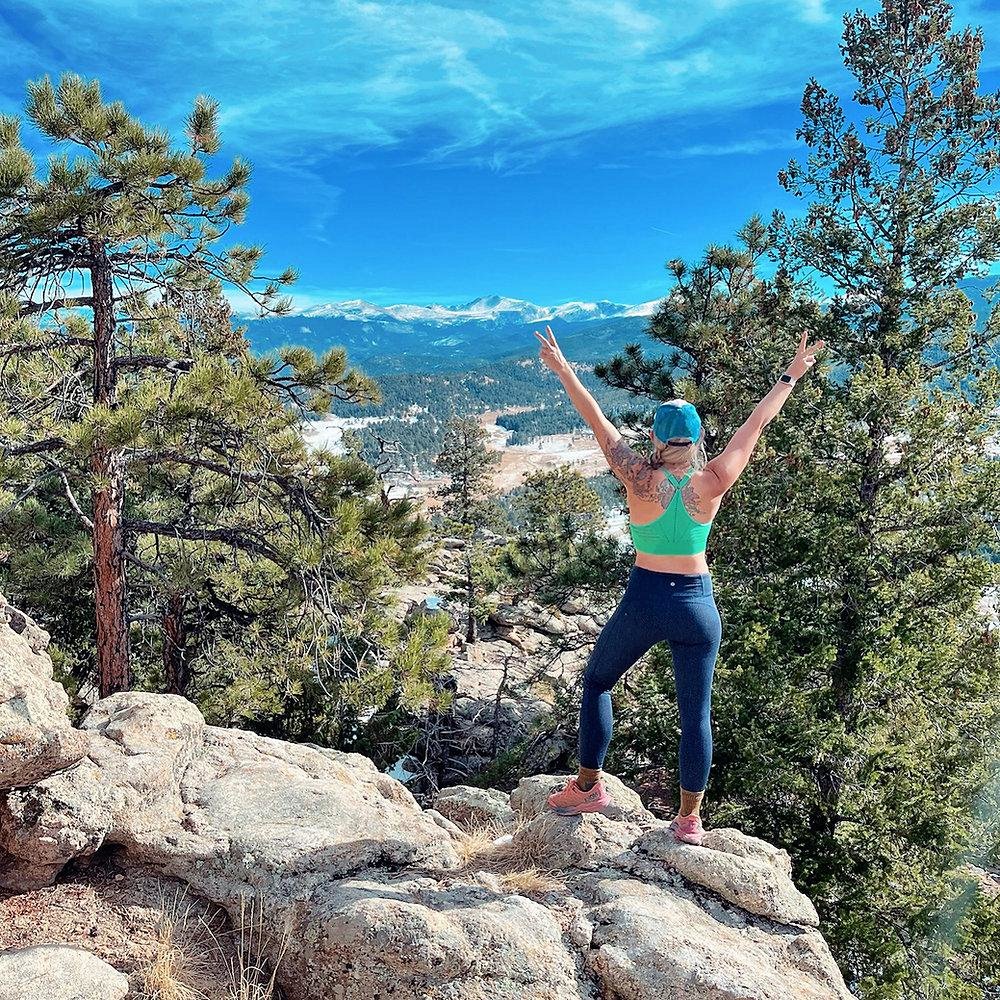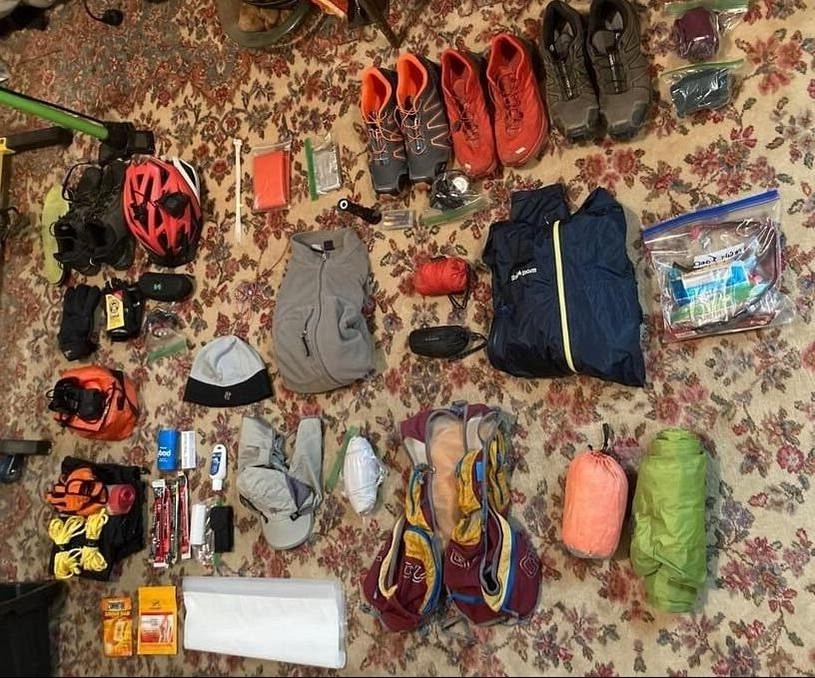Last Updated on: 18th December 2024, 12:30 pm
Adventure races combine disciplines like trekking, kayaking, and mountain biking into one event. They vary in length from a few hours to several days, suitable for beginners and experienced athletes. Races can be sprints or expedition-length, each with unique challenges such as navigating unmarked areas and dealing with harsh weather.
Success in adventure racing requires physical fitness, navigation skills, and teamwork. The diverse challenges test participants’ limits and offer the excitement of unpredictable environments.
Adventure racing provides a chance to challenge oneself against nature. It combines adventure, competition, and teamwork, offering racers the satisfaction of overcoming challenges and exploring new landscapes.
Setting Your Adventure Racing Goals

Starting an adventure race involves setting clear goals. Identify your motivations, whether it’s exploration, pushing limits, or connecting with others. This understanding helps in setting achievable goals.
- Realistic and Challenging Goals: Set goals that are ambitious yet attainable to keep you motivated and focused.
- Mental Preparation: Develop mental resilience by visualizing success and maintaining a positive mindset. This helps in overcoming obstacles and enjoying the race.
By understanding your motivations, setting realistic goals, and preparing mentally, you lay the groundwork for a successful adventure racing experience.
Essential Gear and Equipment

Proper gear is crucial for adventure racing. Essential items include:
- Reliable backpack
- Hydration system
- Nutrition
- Navigation tools (compass and maps)
- Appropriate clothing
- First aid kit
Specialty gear depends on the race. For mountain biking, you’ll need a helmet, gloves, and repair kit. Water sections require a life jacket, kayak, and paddle. Choose high-quality, durable gear to ensure safety and performance.
Investing in reliable equipment is essential for safety and success. Choose gear that is lightweight yet durable, and from reputable brands known for outdoor sports.
Physical Preparation for Adventure Racing

Developing a Tailored Training Plan
Create a training plan based on your fitness level and race demands. Include endurance training, strength workouts, and technical skills practice. Gradually increase intensity and volume to avoid injury.
Cross-Training: The Multidisciplinary Approach
Engage in various activities like running, cycling, swimming, and strength training. This improves overall fitness and reduces injury risk, preparing you for the race’s diverse challenges.
Nutrition and Hydration Strategies
Understand your nutritional needs during long exertion periods. A balanced diet with carbohydrates, proteins, and fats supports training and recovery. Stay hydrated and practice your nutrition strategy during training to avoid surprises on race day.
A tailored training plan, cross-training, and smart nutrition and hydration strategies are key to adventure racing success. With proper preparation, you’ll be ready for the race and enjoy the journey.
Navigational Skills and Techniques for Adventure Racing

Navigation is crucial in adventure racing. Learn basic orienteering skills to read maps and use a compass. These skills help avoid unnecessary detours.
Advanced navigation strategies are important in varied terrains. Learn to interpret contour lines, recognize landmarks, and estimate distances. These skills save time and energy.
Use GPS devices and mapping software for real-time data, but don’t rely solely on technology. Combine traditional skills with modern tools for reliability.
Efficient navigation improves performance and enjoyment. Practice these skills to navigate challenging landscapes effectively.
Team Dynamics and Solo Strategies

Adventure racing involves teamwork and individual skills. Team success relies on shared training and strategy sessions.
- Communication: Clear communication is essential during races to avoid setbacks.
- Problem-solving: Effective problem-solving helps teams navigate unexpected challenges.
Solo racers focus on self-reliance and safety. They must be prepared for all challenges and balance pushing limits with safety.
Whether in a team or solo, preparation, adaptability, and determination are key. Teams and individuals discover their strengths and resilience through adventure racing.
Pre-Race Planning and Logistics

Effective pre-race planning is essential. Understand the course, terrain, weather, and rules to plan strategically and avoid disqualifications.
- Packing: Use a checklist for gear, nutrition, and emergency supplies.
- Race Day Strategies: Plan pacing, rest, and nutrition around checkpoints.
- Rest: Take short breaks to rejuvenate during the race.
Thorough pre-race planning and logistics ensure you’re ready to compete and excel in the race.
Final Thoughts
Adventure racing tests resilience and skills, offering great rewards. With careful preparation and strategic planning, racers can achieve their potential. The combination of endurance, mental strength, and teamwork turns challenges into successes. Embrace the adventure to discover your strongest self.

